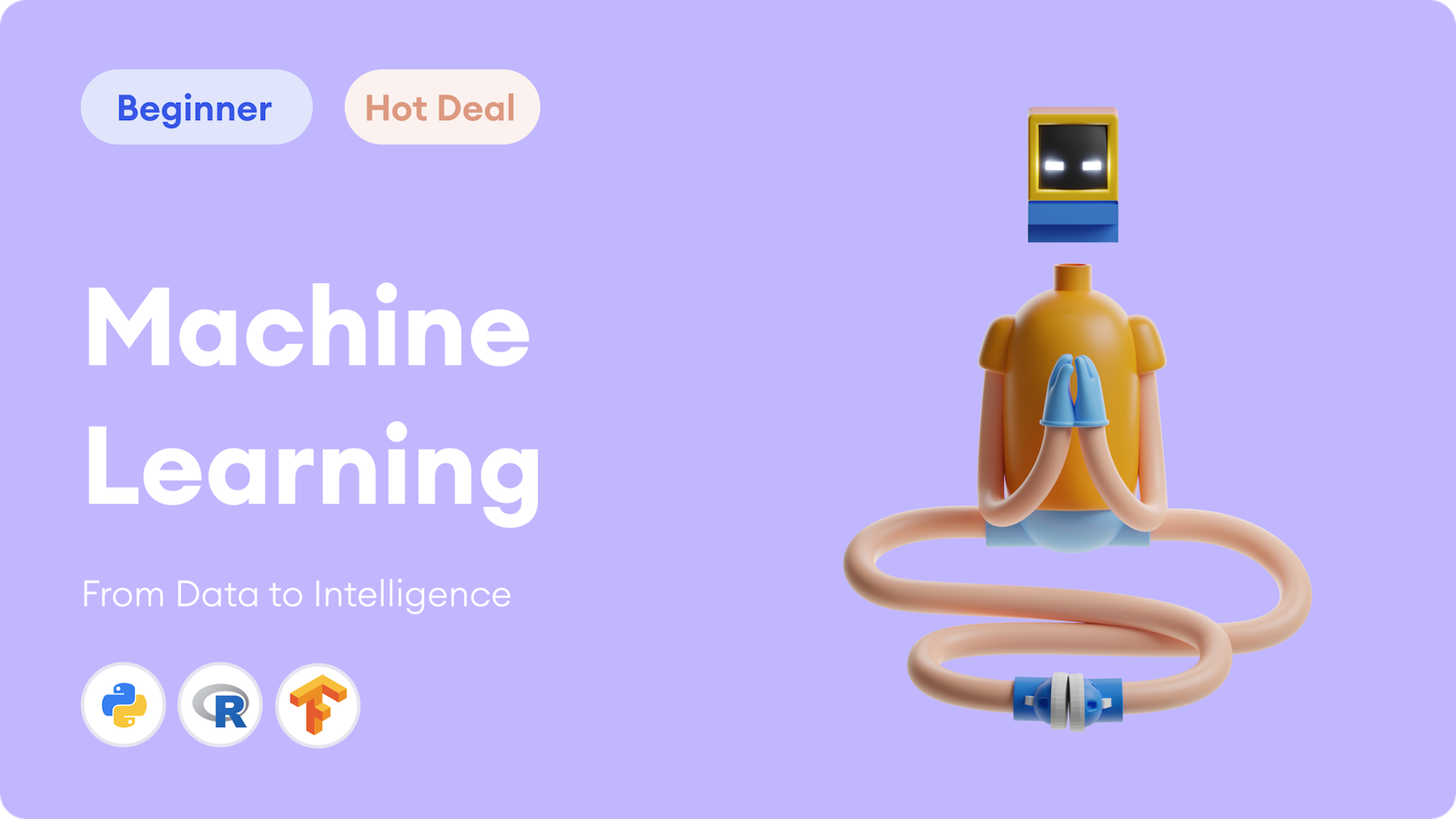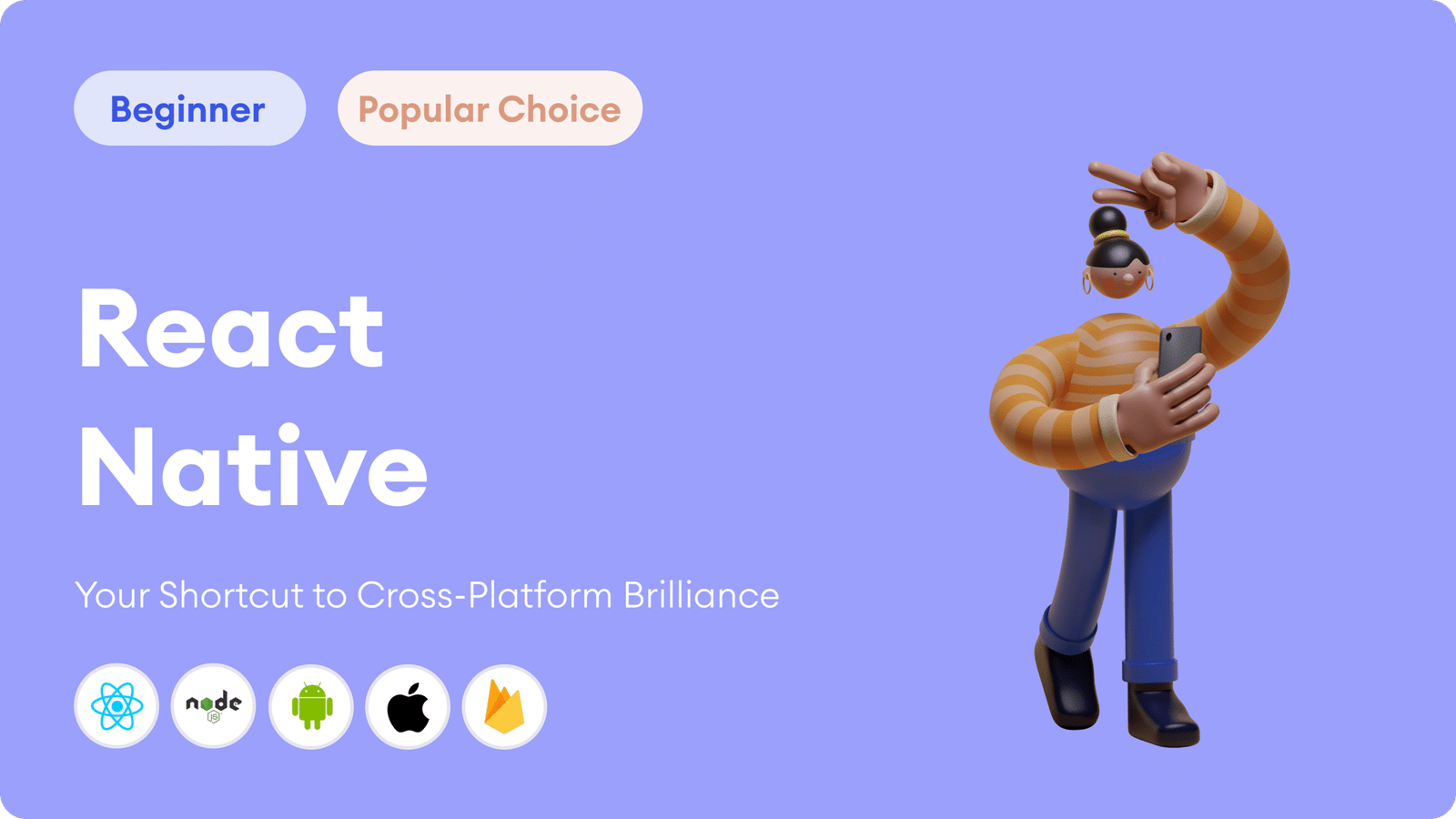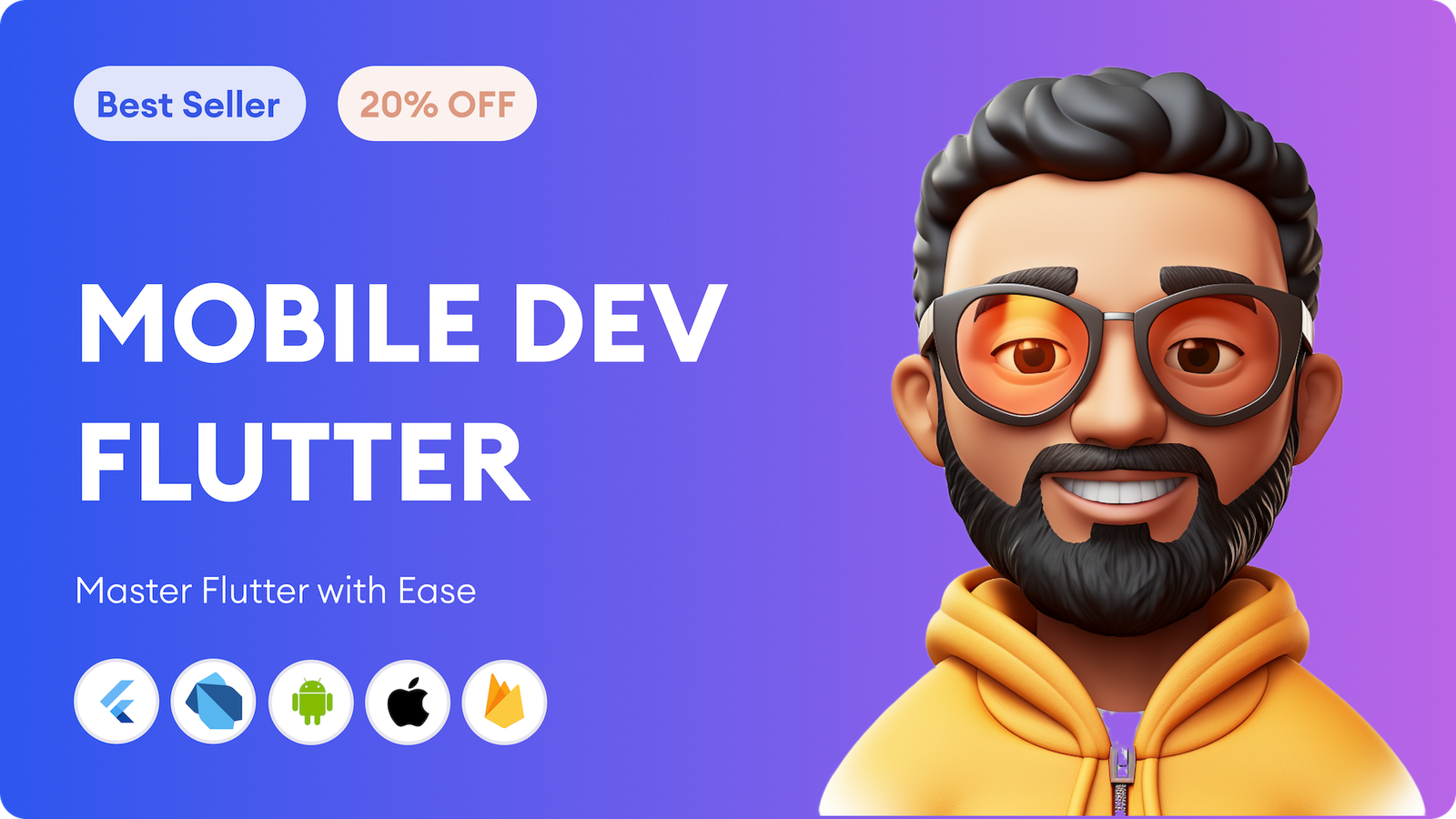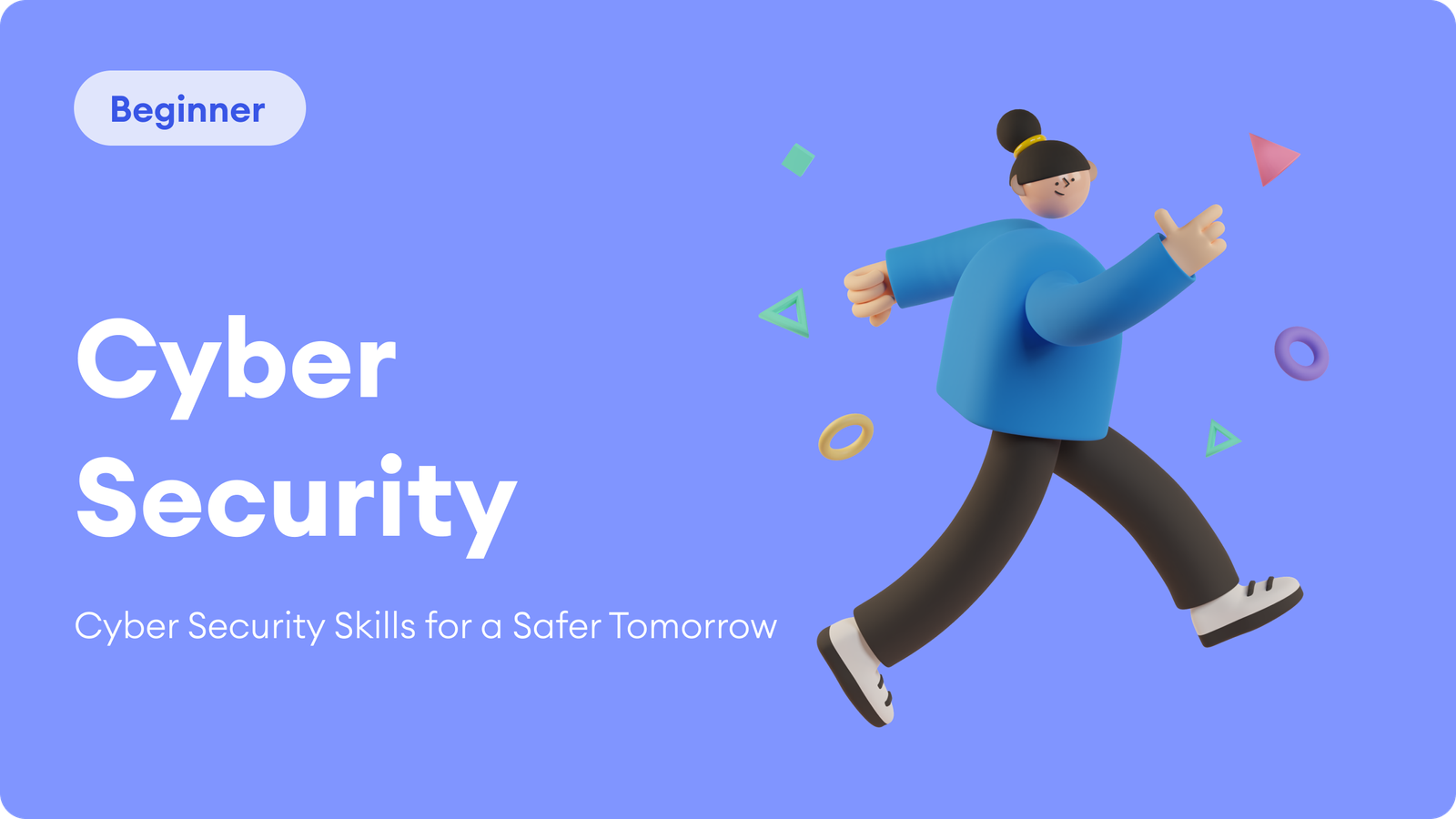- Artificial Intelligence
- Artificial Intelligence & Machine Learning
- Basics of Computer
- Cross-Platform Development
Category Submenu Items
- Cyber Security
Category Submenu Items
- Data Science & Analytics
- Data Structures and Algorithms
- Digital Marketing
- DSA
- Foundational & Soft Skills
- Interview
- Mobile App Development
Category Submenu Items
- Programming Languages
- Resume Writing
- Software Testing & Quality Assurance
- Web Design and Development
Category Submenu Items
Our Top Courses
Artificial Intelligence & Machine Learning
Mobile App Development using React Native
Mobile Application Development With Flutter
Cyber Security
- Artificial Intelligence
- Artificial Intelligence & Machine Learning
- Basics of Computer
- Cross-Platform Development
- Cyber Security
- Data Science & Analytics
- Data Structures and Algorithms
- Digital Marketing
- DSA
- Foundational & Soft Skills
- Interview
- Mobile App Development
- Programming Languages
- Resume Writing
- Software Testing & Quality Assurance
- Web Design and Development
Shopping cart
Data Science Foundations
- Last Updated: May 15, 2025
- Telugu, English
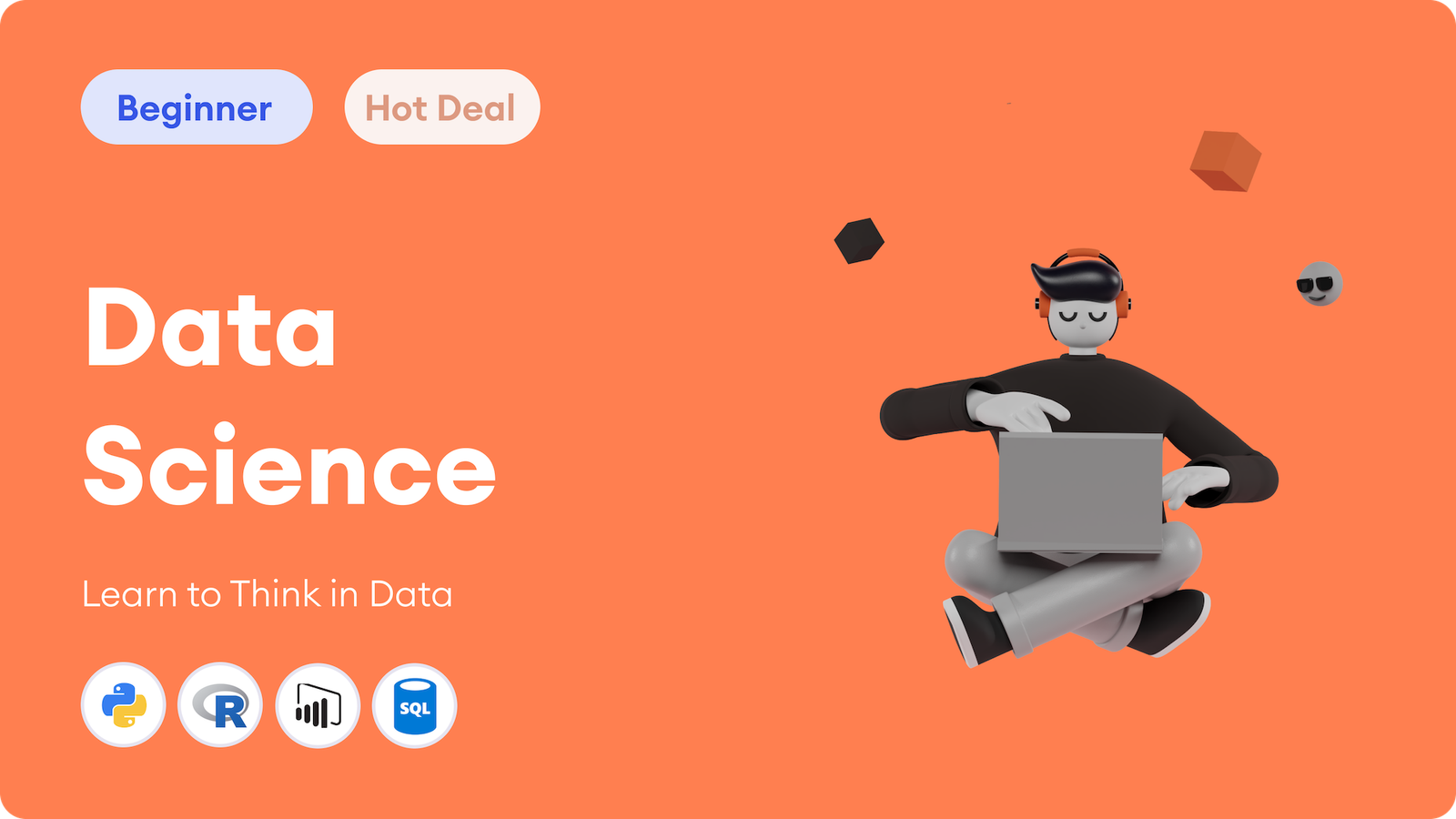
About Course
The Data Science Foundations course is a beginner-friendly, hands-on program designed to introduce learners to the essential tools, techniques, and thinking patterns used in the world of data science. Using Python and real-world datasets, this course guides you through the full data science pipeline—from raw data to actionable insights—through clear, structured lessons and practical assignments.
You’ll start with core libraries like NumPy, pandas, and Matplotlib to explore, clean, and visualize data. As you progress, you’ll develop foundational statistical knowledge and apply machine learning algorithms like linear regression, k-nearest neighbors, and k-means clustering using scikit-learn. You’ll also dive into essential topics like feature scaling, model evaluation, and time-series analysis, giving you the skills to work with different types of data.
By the end of the course, you’ll create your own interactive dashboard using Streamlit, analyze a real-world dataset, and deliver a capstone project that demonstrates your ability to work through a complete data science workflow—from exploration to presentation.
This course is ideal for beginners in programming, aspiring data analysts, or professionals transitioning into data-related roles. No prior experience is required—just a passion for learning and problem-solving.
Benefits of the course
- Create and manipulate structured datasets using pandas DataFrames.
- Build predictive models with linear regression and classification algorithms.
- Visualize data trends and patterns using Matplotlib charts and plots.
- Clean, filter, and preprocess real-world data for accurate analysis.
- Apply train/test split and evaluation metrics to validate models effectively.
- Perform clustering using k-means to discover hidden patterns in data.
- Handle missing data, outliers, and inconsistent formats confidently.
- Build and deploy interactive dashboards using Streamlit.
- Explore and analyze time-series data with trend and seasonality awareness.
- Complete a real-world capstone project, from data cleaning to final presentation.
Course Content
-
Introduction to NumPy
-
Creating NumPy Arrays
-
Array Indexing and Slicing
-
Vectorized Operations
-
Broadcasting in NumPy
-
Aggregate Functions and Axis Parameter
-
Reshaping and Transposing Arrays
-
Logical Operations and Masking
-
Performance Comparison with Lists
-
Introduction to pandas Library
-
Creating DataFrames and Series
-
Reading & Writing Data Files
-
Inspecting and Summarizing Data
-
Selecting and Filtering Data
-
Handling Missing Data
-
Data Type Conversion
-
Renaming and Reindexing
-
Merging, Joining, and Concatenating
-
Grouping and Aggregation
-
Introduction to Data Visualization
-
Matplotlib Anatomy – Figure, Axes, Plot
-
Creating Line Plots
-
Bar Charts and Histograms
-
Scatter Plots for Correlation
-
Plot Styling and Customization
-
Multiple Plots and Subplots
-
Adding Legends and Annotations
-
Saving Plots as Images
-
Matplotlib with pandas
-
Introduction to Descriptive Statistics
-
Measures of Central Tendency
-
Measures of Dispersion
-
Skewness and Kurtosis
-
Using pandas for Summary Stats
-
Visualizing Summary Statistics
-
Introduction to Probability in Data Science
-
Classical vs. Empirical Probability
-
Conditional Probability and Independence
-
Bayes’ Theorem
-
Probability Distributions
-
Simulations with Python
-
Why We Split the Data
-
Training vs. Testing Sets
-
Using train_test_split() from scikit-learn
-
Validation Sets and Cross-Validation (Intro)
-
Practical Implications in Model Development
-
Introduction to Linear Regression
-
Simple vs. Multiple Linear Regression
-
Fitting the Model
-
Interpreting Model Output
-
Model Assumptions
-
Evaluating Regression Models
-
Visualization of Regression Lines
-
Introduction to Classification Problems
-
Concept of k Nearest Neighbors (k NN)
-
Implementing k NN with scikit-learn
-
Choosing the Right Value of k
-
Distance Metrics in k NN
-
Advantages and Limitations of k NN
-
Visualizing Decision Boundaries
-
Importance of Model Evaluation
-
Accuracy Score
-
Precision and Recall
-
F1 Score
-
Confusion Matrix
-
ROC Curve and AUC
-
Metrics for Multiclass Classification
-
Why Preprocessing Is Essential
-
Normalization and Standardization
-
Using MinMaxScaler and StandardScaler
-
Encoding Categorical Variables
-
Handling Missing Values
-
Pipeline Automation
-
Feature Engineering Basics
-
Introduction to Clustering
-
Concept of K means Algorithm
-
Implementing K means in scikit-learn
-
Choosing the Optimal k
-
Visualizing Clusters
-
Limitations of K means
-
Real-World Use Cases
-
Understanding Time-Series Data
-
Time Indexing & DateTime Conversion
-
Plotting Time-Series Data
-
Detecting Trends & Seasonality
-
Resampling and Rolling Averages
-
Basic Time-Series Cleaning
-
Introduction to Streamlit
-
Setting Up a Streamlit App
-
Adding Text, Charts, and Widgets
-
Displaying DataFrames and Metrics
-
User Input Handling & Interactivity
-
Deploying a Streamlit App
-
Understanding the Purpose of a Capstone Project
-
Choosing an Open Dataset
-
Defining a Project Objective or Research Question
-
Planning the Project Workflow
-
Setting Up the Development Environment
-
Understanding Success Metrics
-
Initial Data Inspection
-
Handling Missing Values
-
Detecting & Removing Duplicates
-
Identifying Outliers and Anomalies
-
Exploratory Data Analysis (EDA)
-
Data Type Conversion & Parsing
-
Renaming & Reformatting Columns
-
Saving a Clean Dataset
-
Choosing the Right Model Type
-
Splitting Data into Train and Test Sets
-
Fitting Models with scikit-learn
-
Making Predictions
-
Evaluating Regression Models
-
Evaluating Classification Models
-
Cross-Validation Techniques
-
Model Comparison and Selection
-
Saving and Loading Models
-
Understanding the Purpose of Dashboards
-
Integrating Visualizations into Streamlit
-
Displaying Model Outputs
-
Adding User Controls and Filters
-
Layout and Organization Best Practices
-
Real-time and Conditional Display Logic
-
Deploying a Public Dashboard
-
Linking Results to the Problem Statement
-
Interpreting Statistical and Model Outputs
-
Describing Trends and Patterns in Data
-
Communicating Limitations of the Analysis
-
Providing Actionable Insights
-
Using Visual Narratives to Support Interpretation
-
Tailoring Interpretation for Different Audiences
-
Structuring a Data Science Report
-
Writing a Clear Introduction and Objective
-
Describing the Dataset and Preprocessing Steps
-
Explaining the Chosen Methodologies
-
Presenting Results with Visuals and Metrics
-
Interpreting Results and Drawing Conclusions
-
Discussing Limitations and Future Work
-
Using Professional Formatting and Tools
-
Preparing a Report for a Portfolio or Client
-
Purpose and Goals of a Capstone Presentation
-
Structuring a Presentation Flow
-
Creating Visual Aids and Slide Design
-
Explaining Key Insights and Takeaways
-
Demonstrating the Dashboard or Application
-
Handling Questions and Feedback
-
Practicing Delivery and Time Management
-
Reflecting on the Learning Journey
Instructor
Skillfused is an emerging digital learning platform dedicated to empowering learners with industry-relevant IT skills. From beginner-friendly courses to advanced developer tracks, Skillfused offers hands-on, practical training across web development, mobile app development, data science, QA testing, and more. Each course is crafted by experienced professionals to ensure real-world application, job readiness, and learner success.
- Update:May 15, 2025
- Lectures147
- Skill LevelIntermediate
- LanguageTelugu, English
- Course Duration: 147h
Your Instructors
Skillfused
Course Creator
Skillfused is an emerging digital learning platform dedicated to empowering learners with industry-relevant IT skills. From beginner-friendly courses to advanced developer tracks, Skillfused offers hands-on, practical training across web development, mobile app development, data science, QA testing, and more. Each course is crafted by experienced professionals to ensure real-world application, job readiness, and learner success.
- 0 Courses
- 0 Reviews
- 0 Students
- 0 Courses
- 9 Reviews
- 0 Students
Requirements
- Complete each module in sequence for the best learning flow.
- Follow along with coding exercises using Jupyter Notebook or Google Colab.
- Use the provided datasets and notebooks—no need to search for data externally.
- Complete the mini assignments after each topic to reinforce your learning.
- Work on the capstone project using the open dataset of your choice.
- Submit your final project with a report and dashboard presentation.
- Ask questions in the course discussion forum or community chat for support.
Tags
Target Audience
- Beginners in Data Science looking to build a solid foundation using Python tools.
- Students from computer science, engineering, mathematics, or statistics backgrounds.
- Working professionals from non-tech domains aiming to switch to data-centric roles.
- Aspiring data analysts or data scientists preparing for entry-level roles or internships.
- Freelancers and entrepreneurs wanting to use data for decision-making and strategy.
- Developers or engineers looking to integrate data science into their software projects.
More Course By Skillfused
Artificial Intelligence & Machine Learning
- 80 Lessons
- 0 Students
This Artificial Intelligence & Machine Learning course provides a beginner-friendly yet…
Mobile App Development using React Native
- 88 Lessons
- 0 Students
This comprehensive course teaches you how to build cross-platform mobile…
Mobile Application Development With Flutter
- 60 Lessons
- 0 Students
This Flutter (Beginner) course provides a complete, hands-on introduction to…
Related Course
Python Programming
- 92 Lessons
- 0 Students
This comprehensive Python programming course is designed to equip learners…
